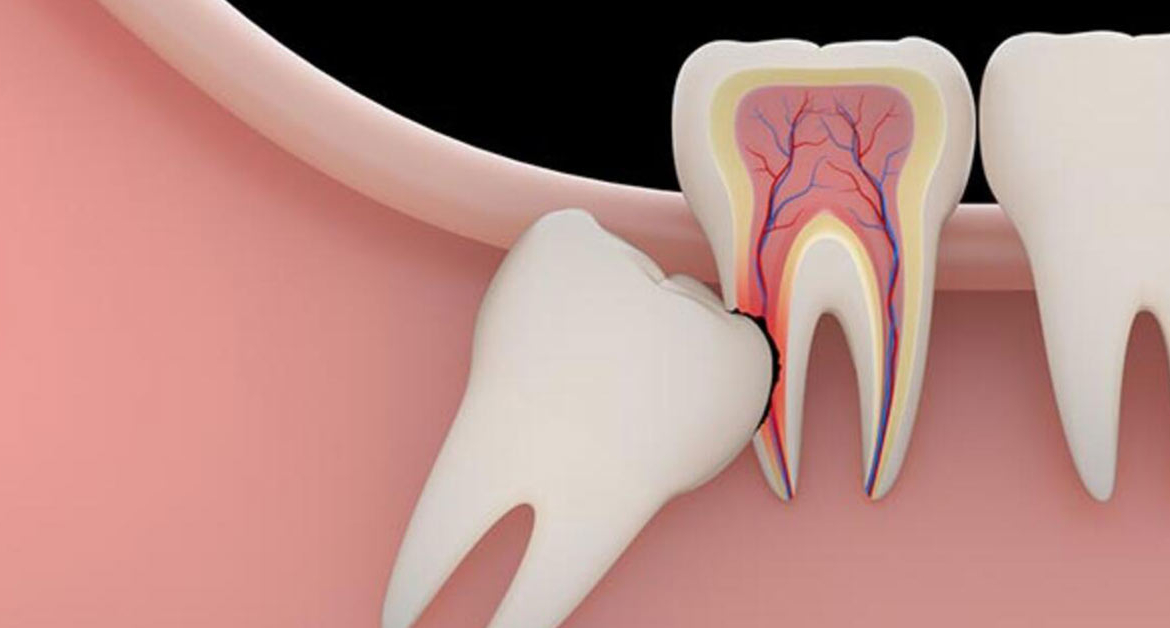Surgical tooth extraction is the process of removing the tooth by surgical methods. This process is usually applied in cases where the roots of the tooth are deep or when the tissue structure in the gums is deteriorated.
Who is the surgical tooth extraction applied to?
Surgical tooth extraction is usually applied in the following cases:
1.If the root of the tooth is not outside: In some cases, a surgical intervention may be required because the root of the tooth is not outside.
2.If the tooth is broken and the root remains: in other cases, the tooth is broken and the root can remain in the jaw bone. In this case, surgical attraction may be required.
3.To remove non -vertical twenty or blood to the female: Some people may need surgical intervention as the twenty female (also known as the wisdom) or blood female does not grow in the right direction.
4.To draw advanced or broken female: over time a tooth in the mouth may rot or broken, and in this case, surgical intervention may be required.
5.For orthopedic reasons: During some orthodontic treatments, surgical intervention can be performed in order to remove a bone piece that should sometimes move in a certain way in accordance with the decision taken by the orthodontist.
In such cases, patients are usually directed to an oral surgeon or oral and maxillofacial surgery specialist and problematic tooth is drawn by applying surgical procedures if necessary. Although such procedures are performed under local anesthesia, general anesthesia is sometimes preferred.
How to make surgical tooth extraction?
Surgical tooth extraction usually includes the following steps:
Anesthesia: Local anesthesia is applied around and around the tooth and the region is numbed. In this way, the patient is prevented from feeling pain during shooting.
Surgical cutting: Surgical incision may be required to remove the female. The surgeon makes a small cut to access the soft tissues and bones that affect the female.
Removal of the tooth: The surgeon can divide it into pieces when necessary and carefully remove it from the female bone.
Sewing: If necessary, the tissue in the surgical area is closed again and sewing is thrown.
Healing Process: After the operation, the patient is usually given some instructions to help the healing process. These instructions include information about the use of painkillers, oral hygiene rules and wound care.
What are the benefits of surgical tooth extraction?
There are several benefits to having surgical tooth extraction:
Removal of pain and discomfort: Due to pain, infection or other diseases in the tooth, surgical tooth extraction can be removed by relieving pain.
Prevention of health problems: To pull a damaged female due to tooth decay, infection or adverse conditions can help prevent more serious health problems.
Protection of other teeth: If a tooth is stuck or damages the teeth next to it, surgically, this problematic female pulls can help prevent complications and protect the teeth next to it.
Preparation for Orthodontic Treatment: In some cases, a female surgical pulling or poor position can facilitate the process of making it suitable for orthodontic treatment.
Improvement of aesthetic appearance: You can improve the aesthetic appearance by pulling a broken, large or shapeless female surgical.

